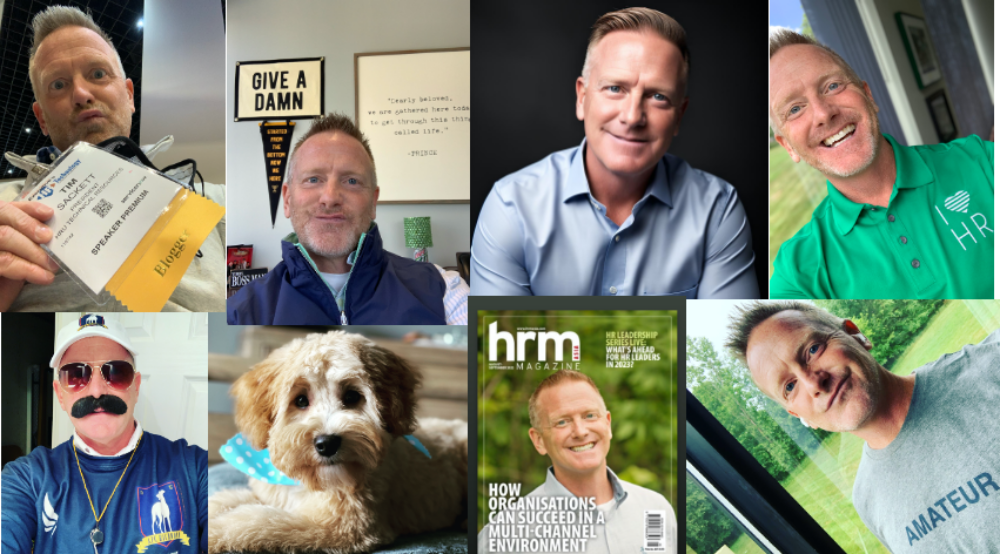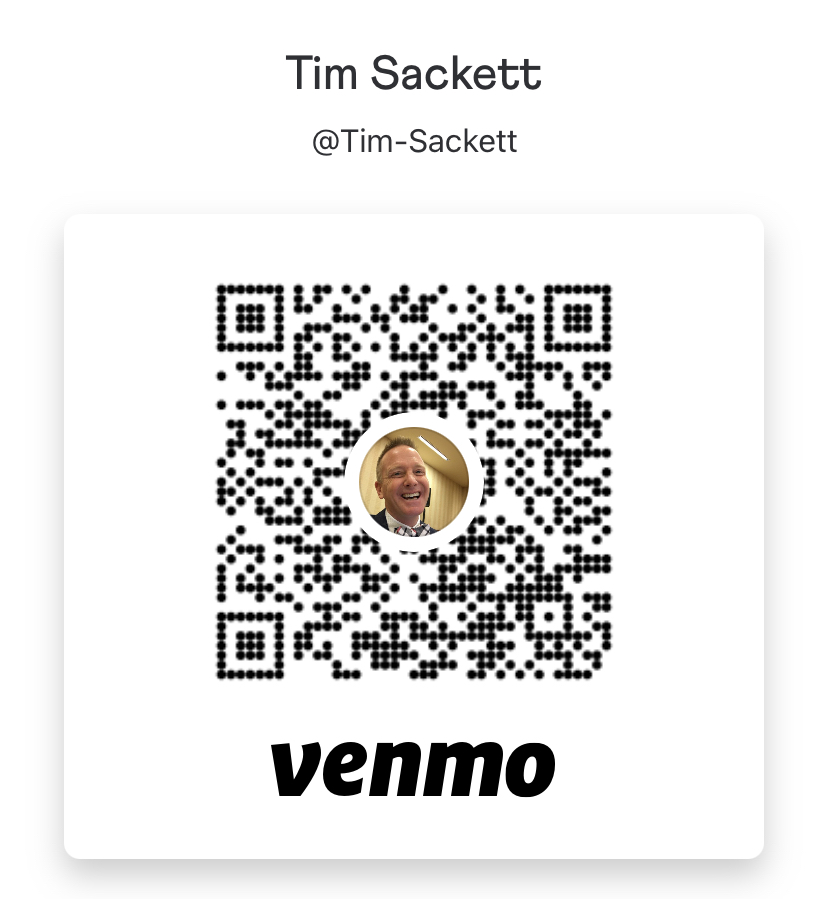Why don’t potential candidates pick up your phone calls? Well, yes, no one picks up phone calls anymore, but, no, people still pick up phone calls for certain reasons. We don’t pick up phone calls when we don’t know who it is or we don’t want to talk to the person who’s calling.
Why do we pick up phone calls?
- We actually like the person who is calling and we want to talk to them.
- We actually believe the incoming call is super important.
- It’s a return call we have been waiting for.
Under number 2, let’s put things like, it’s your boss calling, the kid’s school, your spouse, the police or fire department, hospital, etc. You see who it is on your cell phone screen and you instantly believe you need to pick up that call!
My family hates me!
There’s this fun game I like to play with my family. You see, my monthly cell phone bill is equal to the GDP of a small country. So, I will, from time to time, get onto my cell phone account online and change the names of my family to something I think is funny. So, now when they call someone, instead of the receiver seeing “Tim Sackett” they might see something like “DJ TImmy T”, as an example!
Did you know you could do that!? You can, and it’s super fun! At least, it’s super fun if you have the power to be the person who can change those names to anything you desire!
My wife’s phone still says, “Kimmy” and I chuckle every time she calls me. I’m sure my son, Cameron, would love it if I changed it to “Queen”.
What does this have to do with Recruiting!?
Oh, be patient little baby birds! I’m going to feed you!
Let’s say you’re trying to track down a potential candidate. You’ve sent the emails, the In-Mails, and even tried texting, but you are being shut out. You even *69 direct-dialed, and still, no pickup or response! The average recruiter/sourcer would have given up, but are not average! You’re slightly above average and you want to keep trying!
You see it now, right?
You go into your cell phone account and you start testing different names to see who will this potential candidate pick up for! Let’s say this person works for General Motors, here is what I might try:
- “Ford” , “Chryseler”, “Toyota”, “Tesla”, etc.
- “City” Police or fire – of whatever town they might live
- “College” where they graduated
- “Your Dream Job” they probably won’t pick up, but they’ll laugh!
- “General Motors” who isn’t going to pick up a call coming from their own employer!
Just like Sex Panther, 60% of the time, this works every time!
Want to know why recruiting can sometimes get a bad reputation? Because I have the ability to come up with ideas like this!
If it works. It works. Don’t hate the players, friends, hate the game!




